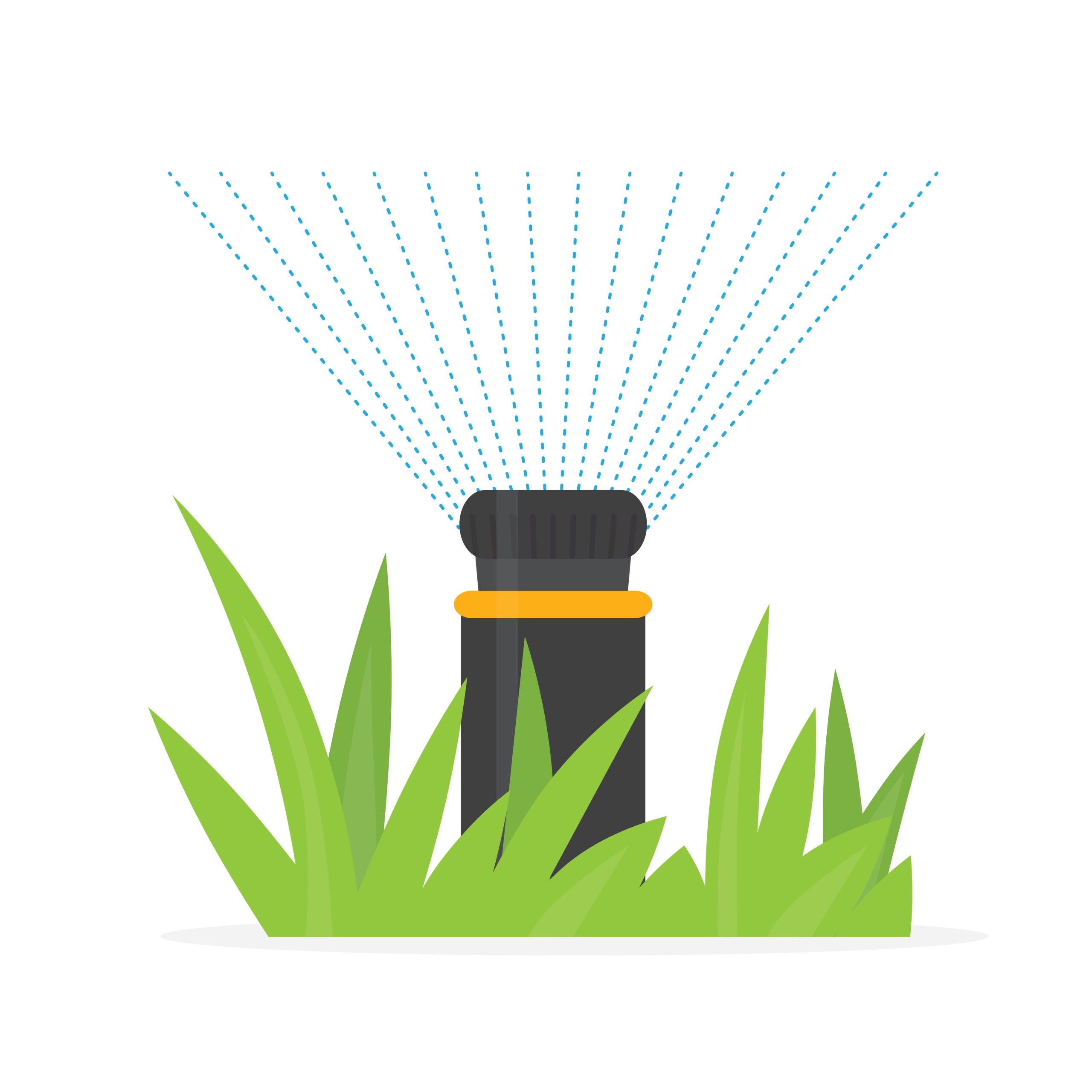Duncanville 2025 Water Restrictions
Keeping your yard healthy while following local rules doesn’t have to be hard. Duncanville’s 2025 water restrictions are designed to save water, reduce waste, and protect our community’s supply—especially through the hot months. This guide breaks down exactly what’s allowed, why it matters, and how you can keep your landscape thriving without breaking the rules.
Quick Summary
- Watering with sprinklers or irrigation is not allowed from 10:00 AM to 6:00 PM between April 1 and October 31.
- You can water any time with a hand-held hose.
- New landscaping and sod can be watered at any time.
- New irrigation systems must include rain and freeze sensors.
- We’ll share tips on scheduling, plant choices, and lawn care to help you stay compliant and keep your yard looking great.
Why Duncanville’s 2025 Water Rules Matter
Water demand spikes in spring and summer, when lawns and gardens need the most attention. Midday heat causes more water to evaporate before it reaches roots, which means a lot of wasted water. By limiting watering during the hottest hours—10:00 AM to 6:00 PM—Duncanville helps residents use water more efficiently. These rules also protect system capacity and ensure there’s enough water pressure for essential services.
The added requirement for rain and freeze sensors on new irrigation systems prevents watering when it’s not needed or when it can damage plants and infrastructure. It’s a simple technology that can save thousands of gallons per year in a single household.
The Core Rules for 2025
April 1–October 31: Time-of-Day Restrictions
- No sprinklers or irrigation systems from 10:00 AM to 6:00 PM.
- You may run sprinklers or irrigation between 6:00 PM and 10:00 AM.
- Hand-held hoses are allowed anytime.
- New landscaping and new sod may be watered anytime to help with establishment.
Tip: If you use a smart controller, set watering windows to finish before 10:00 AM. If you run overnight cycles, end them by 9:45 AM to avoid creeping into restricted hours.
Rain and Freeze Sensor Requirement (New Systems)
- Any new irrigation system must include both rain-sensing and freeze-sensing devices.
- These sensors stop your system from running during wet or freezing conditions, avoiding runoff, ice hazards, and plant stress.
Tip: Even if your system isn’t new, adding a rain/freeze sensor is inexpensive and pays off quickly by preventing unnecessary watering.
How to Stay Compliant and Keep a Healthy Landscape
Following the rules doesn’t mean settling for a brown lawn. With a few adjustments, you can keep your yard healthy and resilient.
Watering Strategies That Work
- Water early morning: The best time is between 2:00 AM and 8:00 AM. Temperatures are cooler, wind is lighter, and water soaks in better.
- Use the cycle-and-soak method: Instead of running a zone for 20 minutes straight, run it for 8–10 minutes, wait 30–60 minutes, then run another 8–10 minutes. This reduces runoff and improves absorption, especially on clay soils common in North Texas.
- Match run times to plant needs: Turf, shrubs, and beds have different water needs. Group plants with similar needs on the same zones (called hydrozoning) to avoid overwatering.
- Prioritize establishment: For new sod or new plants, water deeply and regularly during the first 2–3 weeks, then taper. Deep, infrequent watering encourages deep roots and long-term drought tolerance.
Soil and Mulch Make All the Difference
- Improve soil with compost: Clay soils benefit from 1–2 inches of compost worked into beds or top-dressed on lawns (about ¼–½ inch). This boosts infiltration and root growth.
- Mulch 2–3 inches deep: Add mulch around trees, shrubs, and in beds to lock in moisture and keep roots cool. Keep mulch a few inches away from trunks and stems.
- Aerate compacted areas: Aeration opens the soil, reduces runoff, and helps water reach roots.
Smart Plant Choices for North Texas
- Choose drought-tough turf varieties: Consider improved bermudagrass or zoysia for full-sun areas; both handle heat and need less water once established.
- Go native or adaptive in beds: Plants like autumn sage (Salvia greggii), Texas lantana, Turk’s cap, desert willow, Gregg’s mistflower, dwarf yaupon holly, and Mexican feather grass offer color and durability with lower water needs.
- Design with shade in mind: Add trees or large shrubs strategically to reduce heat stress on turf and beds. Shade cuts watering needs over time.
Maintenance Habits That Save Water
- Mow high: Set mower height to 2.5–3 inches for bermuda and 3–3.5 inches for zoysia. Taller grass shades soil, reduces evaporation, and grows deeper roots.
- Sharpen mower blades: Clean cuts reduce plant stress and water demand.
- Fix leaks fast: A single broken head can waste hundreds of gallons per cycle. Walk your system monthly to check for broken heads, misaligned sprays, and soggy spots.
- Sweep, don’t spray: Use a broom or blower to clean driveways and sidewalks instead of water.
Upgrade Your Irrigation the Smart Way
- Add a rain/freeze sensor: Mandatory for new systems, smart for everyone. It’s a low-cost, high-impact upgrade.
- Try a smart controller: Weather-based controllers adjust watering for temperature, rainfall, wind, and season. Many utilities offer rebates; check local programs.
- Convert spray heads to drip in beds: Drip irrigation delivers water to the root zone with minimal evaporation and overspray.
- Use matched precipitation heads: Ensure sprinkler heads in the same zone apply water at the same rate to prevent dry spots and puddling.
- Install pressure regulation: Proper pressure eliminates misting and overspray, saving water and improving coverage.
Common Questions (And Clear Answers)
Can I water with a hand-held hose during restricted hours?
Yes. Hand-held hoses are allowed at any time of day year-round. Use a spray nozzle with a shutoff to control flow.
What about soaker hoses or drip lines?
Drip is permitted during allowed irrigation windows and is highly efficient for beds. If you need to water new plants midday, consider hand-watering to stay compliant.
My new sod needs frequent watering—what are my options?
New sod and new landscapes may be watered at any time to help them establish. After the establishment period, shift to early morning cycles within allowed hours.
Do I need rain and freeze sensors if my system is older?
They’re only required on new systems, but adding them to older systems is one of the easiest ways to cut waste and avoid watering during storms or freezes.
A Simple Weekly Watering Plan
Use this as a starting point and adjust based on rainfall, soil type, and plant response.
- Lawns:
- Early spring (April): 1 day/week, 0.5 inch total
- Late spring to early summer (May–June): 1–2 days/week, 0.75 inch total
- Peak summer (July–August): 2 days/week, ~1 inch total
- Early fall (September–October): 1 day/week, 0.5–0.75 inch total
- Beds and shrubs: Drip 1–2 times/week depending on plant needs; increase frequency for new plantings.
- Trees: Deep soak monthly for established trees; weekly for new trees during first growing season.
Always pause or reduce watering after measurable rain. A rain sensor or smart controller makes this automatic.
How to Set Your Controller to Comply
- Program watering windows between 6:00 PM and 10:00 AM only.
- Use separate programs for turf and beds (e.g., Program A for turf, B for drip).
- Enable seasonal adjustment: Lower run times in spring and fall, increase slightly in peak summer.
- Turn on “cycle and soak” if available: Two or more shorter runtimes per zone with breaks between cycles help the soil absorb water and reduce runoff.
By taking a few minutes to fine-tune your irrigation controller, you can easily stay within Duncanville’s 2025 rules—and you may be surprised how much water and money you save. Schedule reminders to revisit your settings each season, use rain sensors or smart technology, and you’ll protect your landscape and the city’s water resources for years to come.

